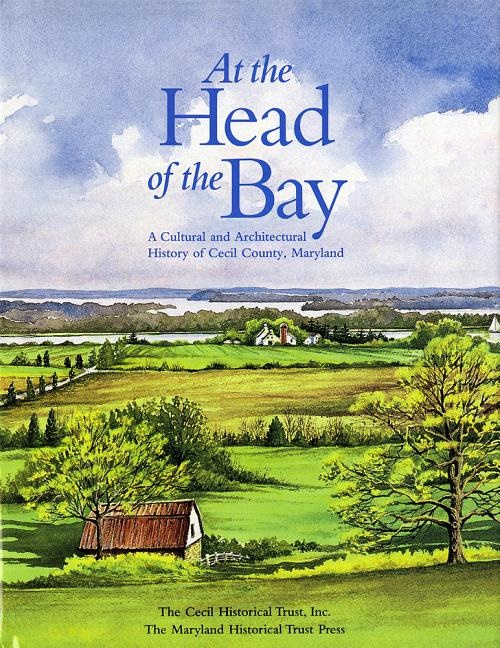This well-illustrated volume interprets the incredibly diverse stock of historic buildings in Cecil County for local history buff and architectural historian alike. Beginning with the prehistoric period and continuing through the mid-twentieth century, the authors offer a history of the county as a context for its architectural heritage, as well as a detailed discussion of the style and form of the houses built by county residents during the past 300 years. These insightful discussions, both prominent and ordinary, that gives the reader a sense of the wealth of history in the county. Photographs, maps, floor plans, and paintings, many of them historic images, illustrate both the history and the buildings. The county's location in the northeastern corner of Maryland, where English, German, and Scandinavian traditions melded, distinguishes its heritage from that of the other Maryland counties. From the plantation tradition of the rest of the Eastern Shore in the southern end of the country to the Quaker, German, and Scandinavian influences in the northern half, Cecil County embodies the American tradition of the melting pot. For these and other reasons, Cecil County has one of the richest architectural collections in Maryland. Those interested in the county itself and in the architecture and history of the wider region will find much to hold their interest in this information-packed work. On the jacket, the watercolor "Head of the Bay" introduces the reader to the beauties of Cecil County and its connection to the water. From the hand of the county resident Geraldine McKeown, the painting depicts a panorama of the Elk Neck peninsula, where the Elk and Bohemia rivers merge. Cecil County waterways have carried travelers and goods since prehistoric times. From the colonial period well into the nineteenth century, products were loaded from county wharfs for shipment around the world. Even today, merchant ships ply county waters as they pass from the Chesapeake and Delaware Canal into the head of the bay. Pleasure craft dock on local rivers, the presence of their owners boosting the county economy. This long association with thte water makes an illustration of the meeting of land and water singularly apt for the covet of this book.


